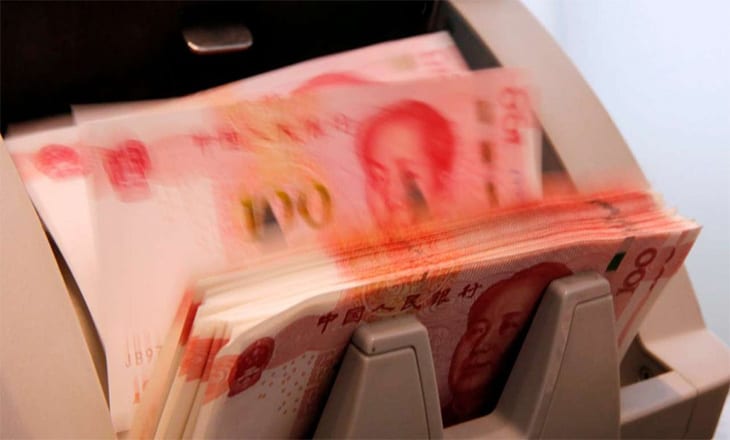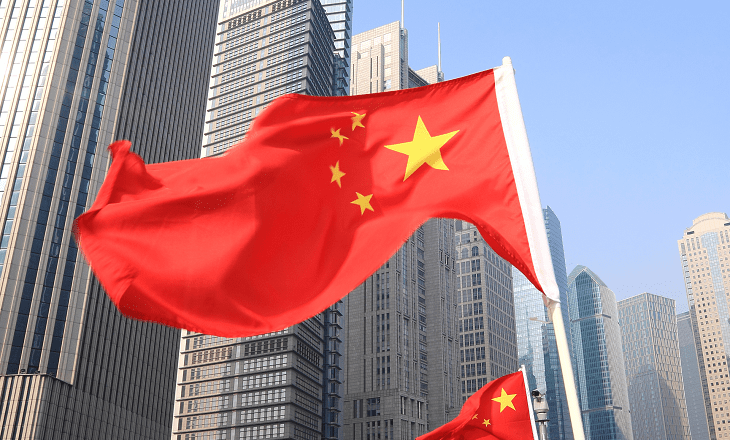According to a research report by Deutsche Bank AG, deepening Chinese financial reforms will allow the RMB exchange rate to be more flexible and provide growing liquidity…Thus, the pricing of onshore and offshore RMB markets will converge over the medium to long term.
LeapRate has covered in detail all of the reforms in the rise of the Renminbi during this year as China has improved the offshore RMB market infrastructure by appointing three new RMB clearing banks in London, Frankfurt and South Korea. More RMB cross border investment programs have been introduced to offshore investors. RMB QFII (Qualified Foreign Institutional Investor) program has been launched in London, Paris, Luxemburg, Frankfurt and South Korea. In addition, Hong Kong-Shanghai Stock Connect program was announced in April and is expected to be officially launched in October.
In the onshore market, the People’s Bank of China liberalized forex deposit rates in the Shanghai Free Trade Zone (FTZ) in March and recently in Shanghai.
Over the medium to long term, as the RMB exchange rate becomes more flexible, more products are traded in the offshore RMB market with growing liquidity, and capital account is gradually liberalized, the convergence trend in the pricing of onshore and offshore RMB asset markets is inevitable.
Deutsche Bank AG concludes the difference in the equities, foreign exchange rates and interest rates in the offshore RMB and onshore RMB markets will narrow to levels that can mostly be attributable to different banking regulation, taxes and operational costs.
All of the infrastructure being put in place is surely done before the Chinese finance authorities will let the exchange rate freely float at a 100% market rate. That day may be coming sooner rather than later as they scurry to implement all of these reforms with alacrity. Once at a free float, the currency is set for at least a mild bump. This could be why back in late June a Reuters survey revealed the Renminbi saw its first bullish bets in four months.


